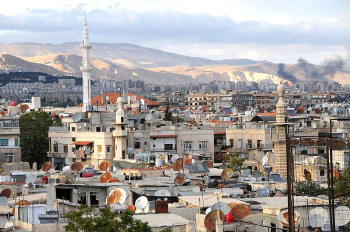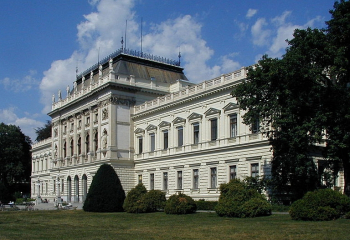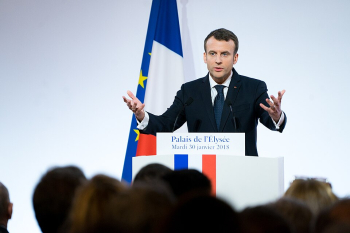
Come June 9, 2024, Belgian citizens heading to the polls will face a multitude of decisions. In addition to selecting their representatives in the European
Parliament, they will cast their votes for six national and regional parliamentary bodies. The looming question is whether Belgium will surpass its own record for government formation delay, standing at 541 days following the 2010 elections.
Much like elsewhere, the democratic process in Belgium is facing challenges. Politicians struggle to make significant decisions that resonate with voters and underscore their necessity. This challenge is further compounded by the country's array of political parties: Christian democrats, liberals, socialists, greens, nationalists, extreme leftists, extreme rightists... Belgium encompasses them all. Notably, most have corresponding counterparts in the Dutch-speaking northern region and the French-speaking southern region.
Currently, the federal government comprises a coalition of seven partners, while the regional government of Flanders is a coalition of three. Balancing compromises and ensuring consensus among these partners is already a formidable task. Yet, the complexity is destined to increase as the political landscape continues to fragment: once-dominant parties are diminishing while smaller ones are gaining traction.
Given the prevalence of relatively minor parties, securing majorities of at least 50 percent in the parliaments proves exceptionally challenging. This struggle is amplified by the rising popularity of extremist parties. In Flanders, the far-right Vlaams Belang is now the leading party, according to polls. Among French speakers, the communist PTB ranks as the second or third party. PTB is also expanding its presence in Flanders, where it operates as PVDA.
However, all other parties, at least for now, reject the idea of forming a government with these two extremist entities. They assert that the policies of the extreme left and extreme right are incompatible with their core principles. Consequently, these parties must forge majorities from the remaining options after excluding the far ends of the political spectrum.
The Intricacies of Belgium's Political Structure
Belgium is not only divided at the federal level; it also comprises three regions and three linguistic communities. Beyond the six parliamentary bodies facing elections, additional assemblies consist of politicians elected from the six parliaments.
Responsibilities are distributed across these diverse political structures, necessitating intergovernmental collaboration. Numerous interdependencies exist. However, due to the disparate coalition formations across different governing bodies, effective cooperation is often a challenging endeavor.
Turning to Local Politics
The intricate nature of national and regional politics has left many politicians feeling powerless, despite years of effort with limited outcomes. This frustration has driven several prominent politicians to shift their focus to local politics. As parties prepare their candidate lists for the upcoming June 2024 elections, many familiar figures have already chosen a different path. They are opting for the local elections on October 13, 2024, which determine municipal and provincial councils. At this level, they hope to find greater simplicity in translating political ideas into tangible realities. Photo by ArneVcrs-FnP, Wikimedia commons.
















